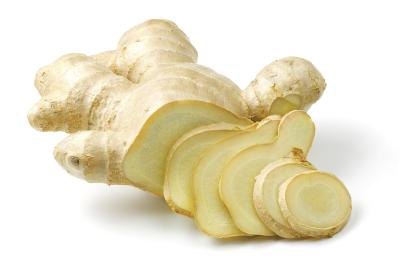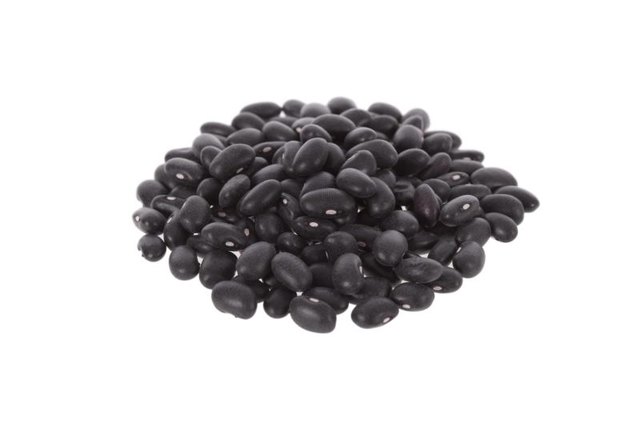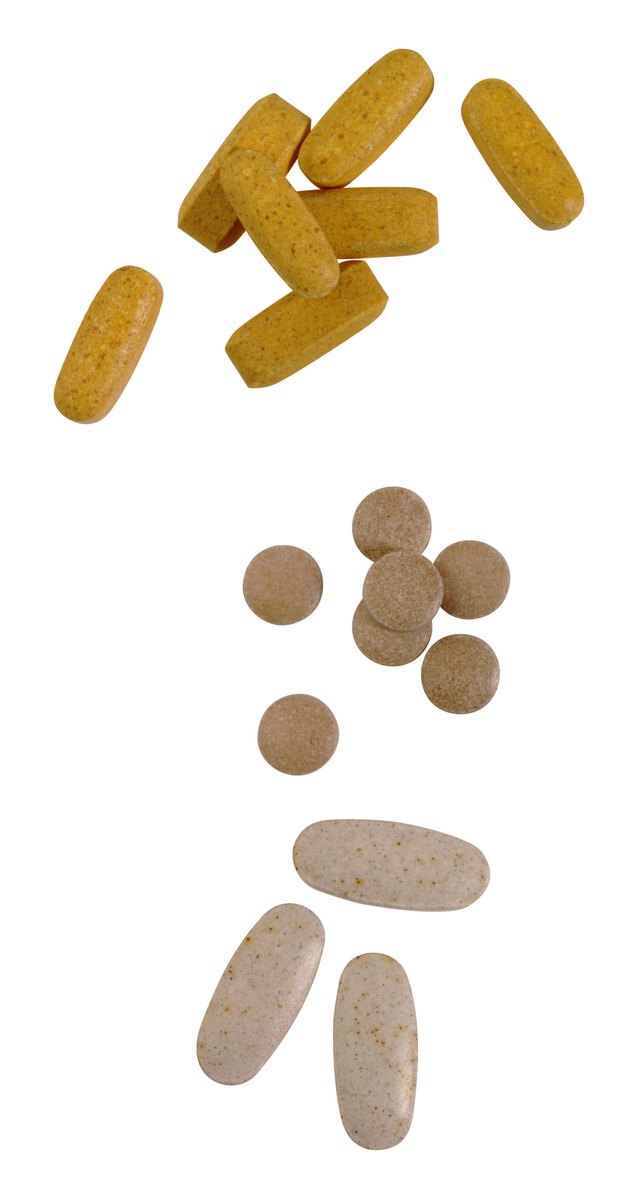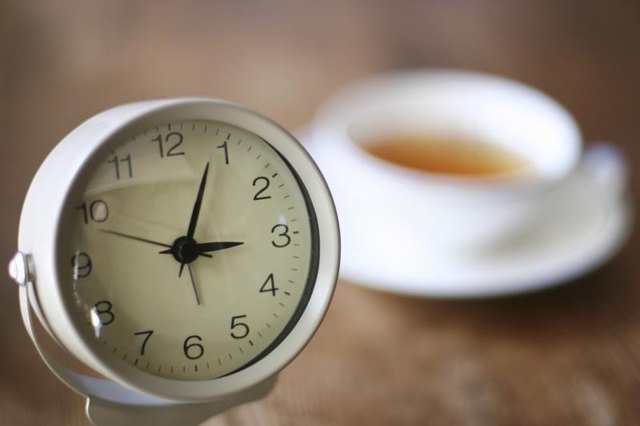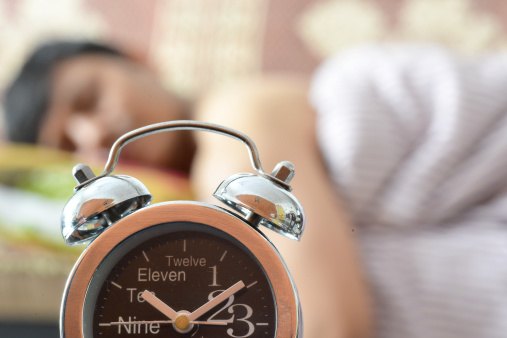Even though Halloween is not my favorite time of year, I do appreciate the creative process of those who love and embrace it. I can see how fun it would be to create a haunted house or zombie apocalypse in the backyard.
For this particular craft, you can be as creative as you wish and the materials will vary, but here is what I used:
- Various sizes of jars
- Halloween figures such as skeletons, rats and spiders
- Glycerin
- Black Plasticine
- Purple or black glitter
- Wooden skewer
- Waterproof Crazy Glue
- Sandpaper
- Black spray paint (optional)
I found this plastic skeleton at our local party store and removed the skull and arms.
For a creepy display in a jar, take some Plasticine and form it into a mound; add glitter if you wish.
Stick it to the bottom of the jar. I used a wooden skewer to press the edges of the Plasticine down.
Place the skull and other items as you wish.
For an inverted jar, sand the bottom of the figure and the lid. You want to make it rough so the glue adheres.
Stick the figure to the bottom of the lid with waterproof glue and allow to dry.
Cover with Plasticine and glitter if you wish.
To create a “snow” globe, fill the jar with water and add a pinch of glitter and a dash of glycerin, to make the glitter fall slowly. Do not add too much glycerin, or the glitter will stick to the bottom.
Slowly insert a figure into the jar and close tightly.
Here are some of the globes I made. I spray-painted the lids black, but that’s entirely up to you.
For this one, I simply placed some white yarn and spiders inside a jar. I added water and skipped the glitter.
Have fun and use your imagination.
From : ehow



























